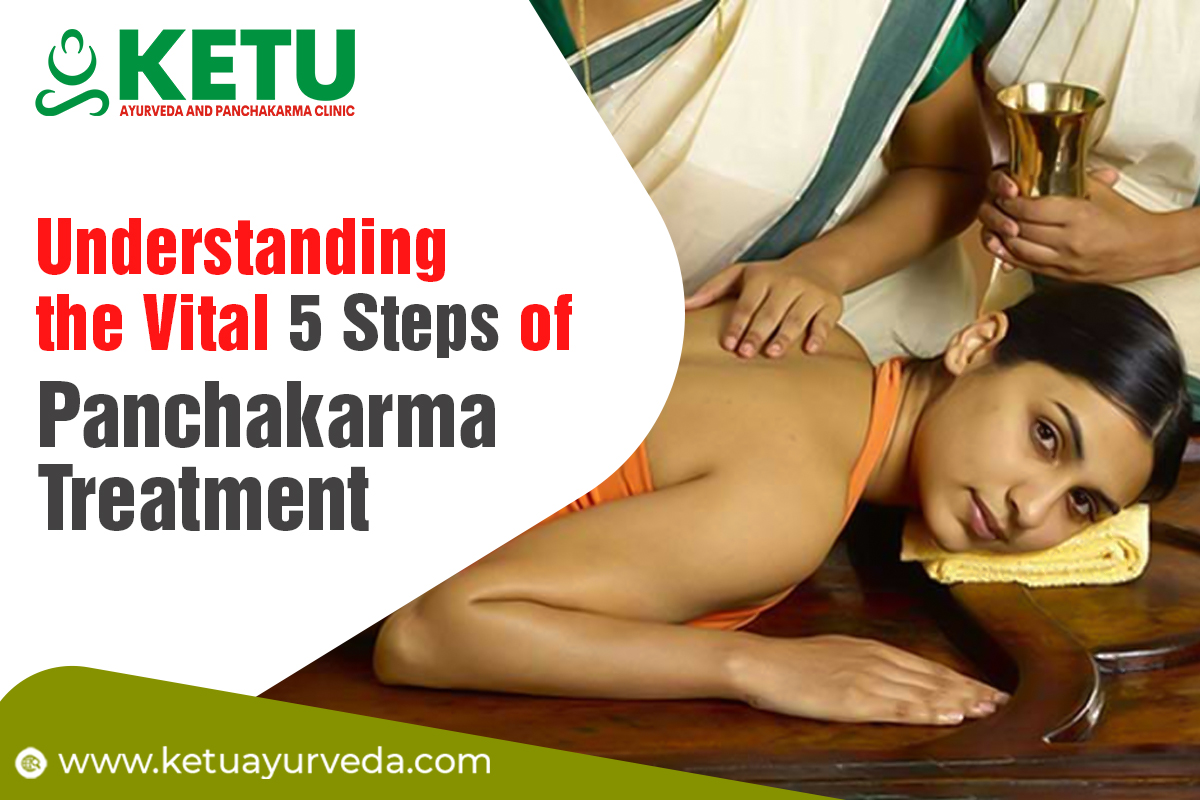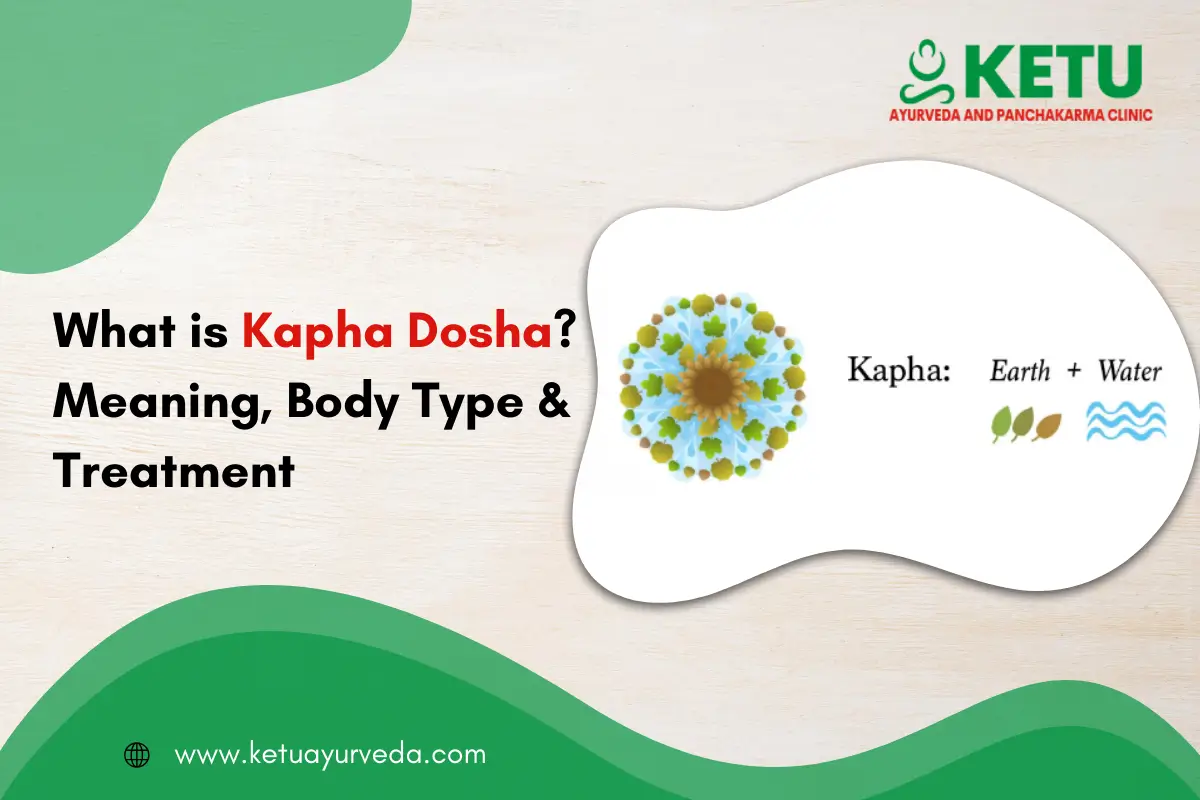Ayurveda is an ancient medical practice based on the harmony within the body, mind, and soul. These Ayurvedic practices still hold immense relevance in the modern world. Panchakarma is a vital branch of Ayurveda comprising five essential steps. The 5 steps of Panchakarma treatment detoxify the body and flush out the accumulated toxins. These toxins accumulate over a long course of time due to poor lifestyle choices, unhealthy eating habits, and environmental pollution. Panchakarma works on the principles of reviving the body’s natural fighting mechanism and removing toxins.
Significance of Panchakarma Treatment
The Panchakarma therapy is a comprehensive approach that works on the principles of balance within the body, mind, and soul. It is an essential step towards a journey of better health and a toxic-free body. Ketu Ayurveda and Panchakarma Clinic, the best Ayurvedic hospital in Rajkot, offers a complete Panchakarma treatment that aims to restore patient’s natural healing capabilities and improve their quality of life. To introduce Ayurvedic practices into your life, visit our Ayurvedic clinic.
5 Steps in Panchakarma Treatment
Here, Ketu Ayurveda shares the 5 panchakarma treatment steps:
Step 1: Purva Karma (Preparatory Stage):
One of the 1st steps of panchakarma is Purva Karma. This involves preparatory measures before initiating the detoxification process. The 1st step is very crucial as it prepares the body for the Panchakarma therapies. To begin the Panchakarma treatment, one requires the guidance and consultation of an experienced Ayurvedic practitioner. At Ketu Ayurveda and Panchakarma Clinic, we aim to improve patients’ metabolism, build strength, and flush our toxins. Dr.Pratik Kangsagra is the best Ayurvedic doctor in Rajkot. He tailors the treatment plan as per the patient’s needs. This sets a strong foundation for a successful detoxification treatment.
Step 2: Pradhana Karma (Primary Treatment):
This is the 2nd step in the Panchakarma therapy, which is the main treatment in the Ayurvedic detoxification process. This step involves eliminating toxins from the body through various therapeutic procedures. The Pradhana Karma includes Vamana (therapeutic vomiting), Virechana (purgation therapy), Basti (medicated enema), Nasya (nasal drug delivery), and Raktamokshana (bloodletting). It helps to balance the doshas and restore equilibrium.
Step 3: Paschat Karma (Post Therapy):
The Paschat Karma is one of the main panchakarma steps after the Ayurvedic detoxification treatment. This involves post-treatment measures to support the body’s healing and restoration capabilities. It is crucial to indulge in self-care activities to optimize the Panchakarma benefits. At this stage, patients are recommended to follow a healthy and nutrient-rich diet consisting of fresh fruits and vegetables. A good sleep, exercise, meditation and Yoga are also proven to be very beneficial.
Step 4: Aahar (Diet to be Followed During Panchakarma):
In this step, a nutritious diet is recommended to support the healing and rejuvenation process. Panchakarma diet plays a crucial role in optimizing detoxification and restoring doshas within the body. Include fresh and whole food in the diet, along with fresh fruits and vegetables. Incorporate herbs like ginger, cumin, Ashwagandha, and turmeric to boost digestion and metabolism.
Step 5: Vihara (A Healthy Lifestyle after Panchakarma):
Maintaining a healthy lifestyle post-Panchakarma is vital to sustaining the benefits of the treatment. Engaging in physical activities, following a nutrient-rich diet, adequate sleep, exercise, and Yoga enhances the effectiveness of Panchakarma. At Ketu Ayurveda and Panchakarma, we emphasize maintaining a holistic lifestyle and self-care to make the most out of Panchakarma treatment.
Conclusion
After the Panchakarma Treatment in Rajkot, it is best to follow the Ayurvedic lifestyle and practices. This includes eating fresh and organic vegetables and fruits, playing outdoor sports, sleeping and waking up on time, along with Yoga and exercise. We, at Ketu Ayurveda and Panchakarma strive to build a deeper connection of your body with the mind and spirit through holistic therapies. Book an appointment with us today.


